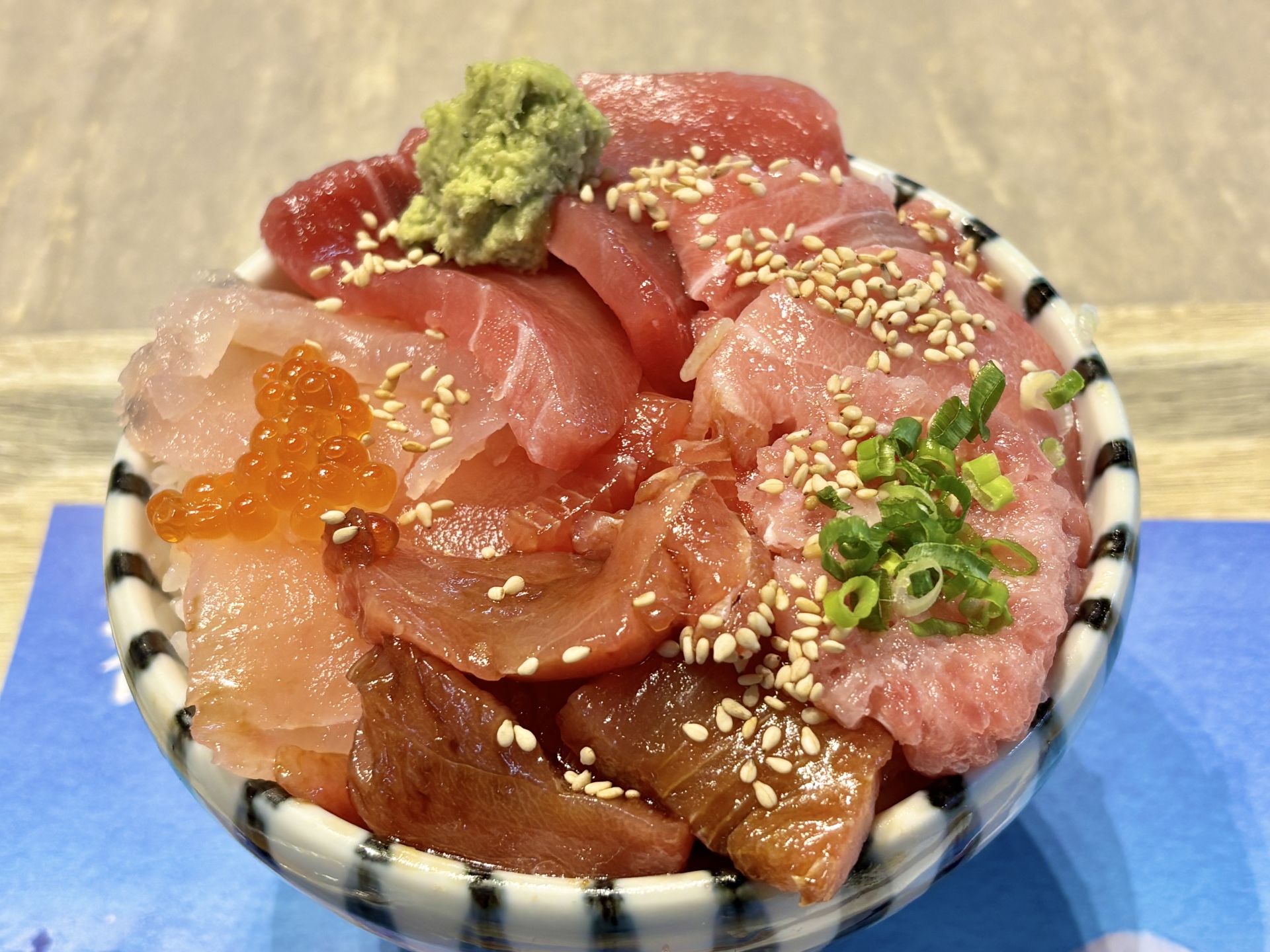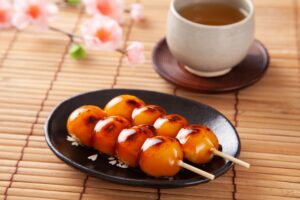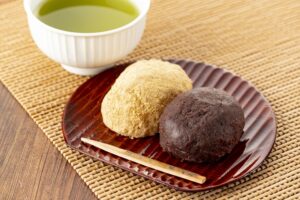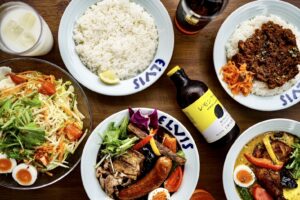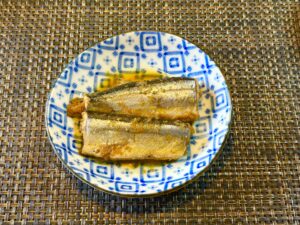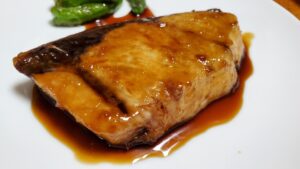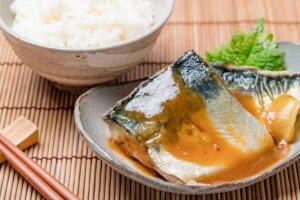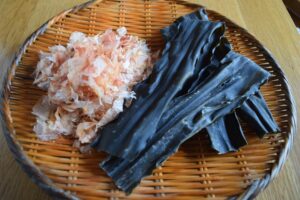Kaisen Don, a vibrant and delicious Japanese dish, translates to “seafood bowl” and features fresh raw fish atop a bed of rice. Loved for its beauty, nutrition, and flavor, it’s a must-try for fans of sushi and Japanese cuisine. In this guide, we’ll explore what makes Kaisen Don special, how it compares to similar dishes, and how you can enjoy or even prepare it yourself.
What Is Kaisen Don?
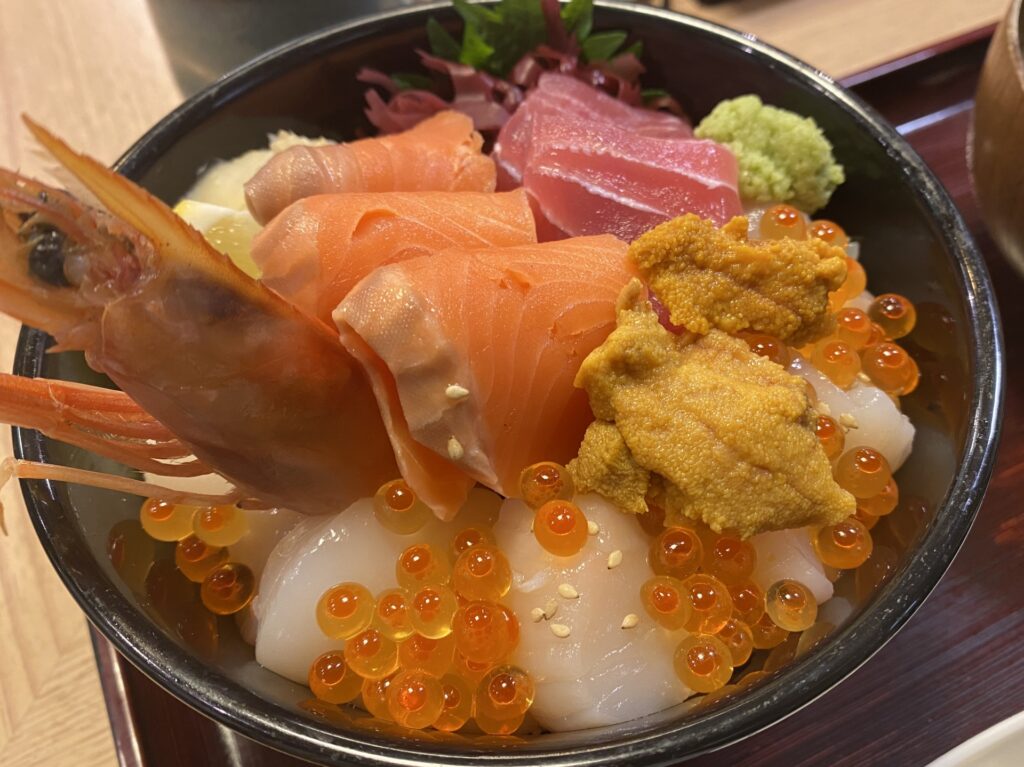
Kaisen Don (海鮮丼) translates literally to “seafood bowl” in Japanese. It consists of a bowl of steamed rice topped with an array of fresh seafood, usually served raw. Common ingredients include tuna (maguro), salmon, shrimp, scallops, and sea urchin (uni). This dish is prized for its visual appeal, combining colorful slices of seafood with garnishes like shredded nori, wasabi, pickled ginger, and sometimes shiso leaves.
Pronounced KAI-sen don, this dish is especially popular in coastal areas and fish markets across Japan, where freshness is paramount. Unlike sushi, which typically includes vinegared rice and rolled forms, Kaisen Don is more straightforward, placing emphasis on the pure flavor of the ingredients. It’s also deeply rooted in Japan’s respect for seasonal and regional produce, often showcasing local seafood.

A Brief History of Kaisen Don
The roots of Kaisen Don trace back to port towns like Hakodate and Otaru in Hokkaido, where fishermen and merchants would top rice with the day’s catch for a quick, nourishing meal. This practice gradually evolved into a culinary tradition, especially within fish markets such as Tokyo’s famed Toyosu (formerly Tsukiji).
As Japan’s dining culture shifted toward convenience and fresh aesthetics, Kaisen Don gained nationwide popularity. It became a common offering in sushi restaurants, bento boxes, and even fast-casual Japanese eateries. Today, it reflects a blend of traditional fishmonger ingenuity and contemporary gastronomic presentation.
Kaisen Don vs. Similar Dishes
While Kaisen Don shares some similarities with other seafood rice bowls, key differences distinguish it. Here’s a comparison:
| Dish | Key Ingredients | Rice Type | Presentation | Origin |
| Kaisen Don | Raw seafood, wasabi, soy | Plain white rice | Topped with assorted raw seafood | Japan |
| Chirashi Sushi | Raw fish, egg, vegetables | Vinegared sushi rice | Scattered toppings | Japan |
| Poke Bowl | Marinated raw fish, sauces, vegetables | White or brown rice | Cubed fish, often with sauces | Hawaii (Japanese influence) |
Kaisen Don vs. Chirashi Sushi
Though both feature seafood over rice, Chirashi Sushi includes vinegared rice and more decorative, sometimes cooked toppings like tamagoyaki (egg omelet). Kaisen Don is simpler, focusing on freshness over elaborate garnishes.
Kaisen Don vs. Poke Bowl
Poke Bowls hail from Hawaii and often involve marinated fish like ahi tuna with sauces such as soy or spicy mayo. Kaisen Don maintains a more purist Japanese approach—no sauce-marinating, just fresh sashimi with soy and wasabi on the side.
What’s in a Typical Kaisen Don?
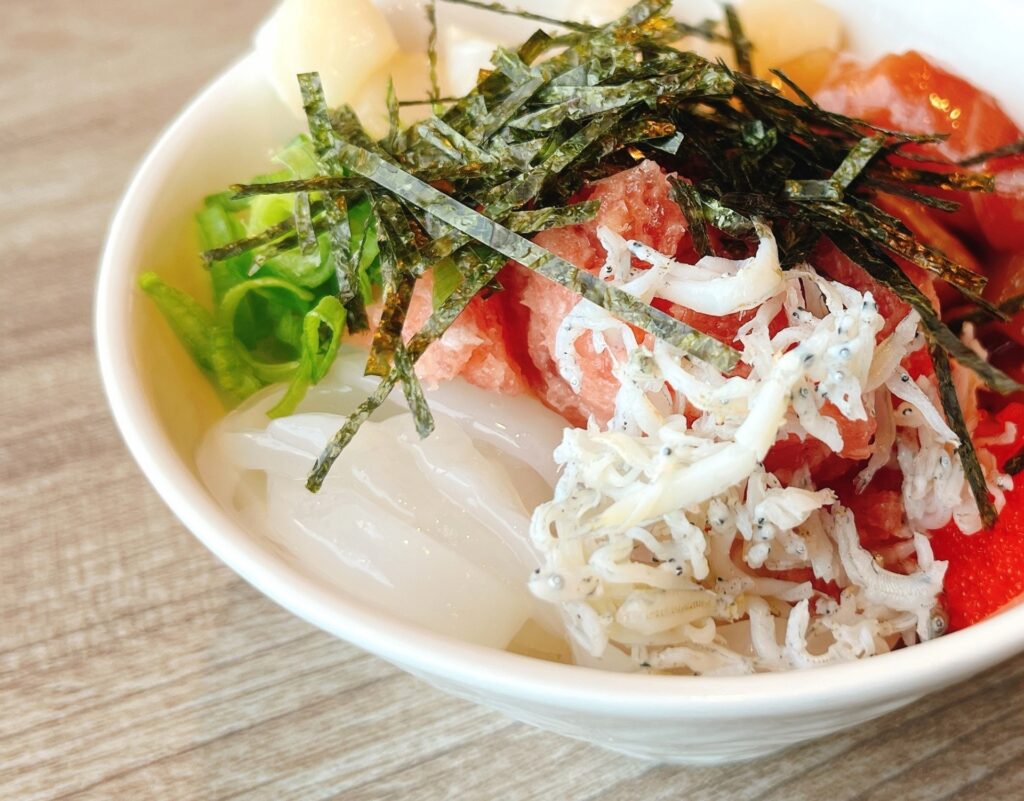
A standard Kaisen Don features a balanced assortment of seafood on a bed of warm rice. Accompaniments may include wasabi, pickled daikon, shredded nori, and sometimes a soy-based drizzle or ponzu.
Popular Toppings (Neta) for Kaisen Don
- Tuna (Maguro): Meaty, lean, or fatty (toro), offering umami richness.
- Salmon (Sake): Buttery texture, often complemented by ikura.
- Yellowtail (Hamachi): Firm and subtly sweet.
- Sea Urchin (Uni): Creamy and briny, a delicacy.
- Salmon Roe (Ikura): Bursts of salty-sweet flavor.
- Scallops (Hotate): Tender, naturally sweet.
- Sweet Shrimp (Amaebi): Delicate and succulent.
Each topping adds contrast in color, texture, and taste, making every bowl a multi-sensory experience.
Is Kaisen Don Healthy?
Kaisen Don is generally a healthy choice. It’s rich in lean protein and omega-3 fatty acids, especially from fish like salmon and tuna. Toppings like uni and ikura also provide essential vitamins and minerals.
Nutritional Comparison (per serving):
| Dish | Calories | Protein (g) | Fat (g) | Omega-3 Content |
| Kaisen Don | ~450 | 25-30 | 10-15 | High |
| Sushi (6 pcs) | ~300 | 15-20 | 5-8 | Moderate |
| Poke Bowl | ~500 | 20-25 | 15-20 | High |
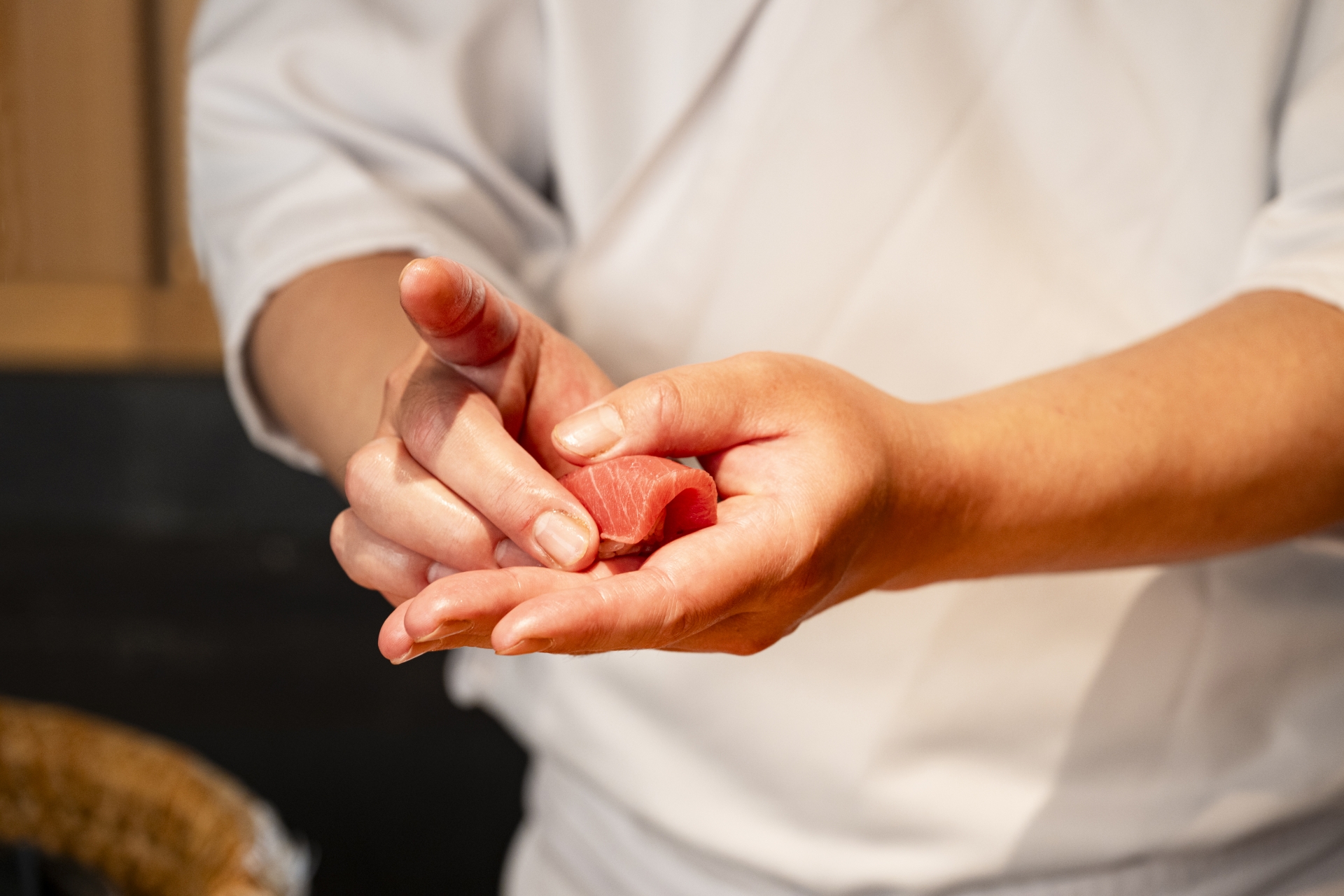
Risks:
- Mercury content: Avoid overconsumption of large fish like tuna.
- Foodborne illness: Only use sashimi-grade fish.
How to Make Kaisen Don at Home
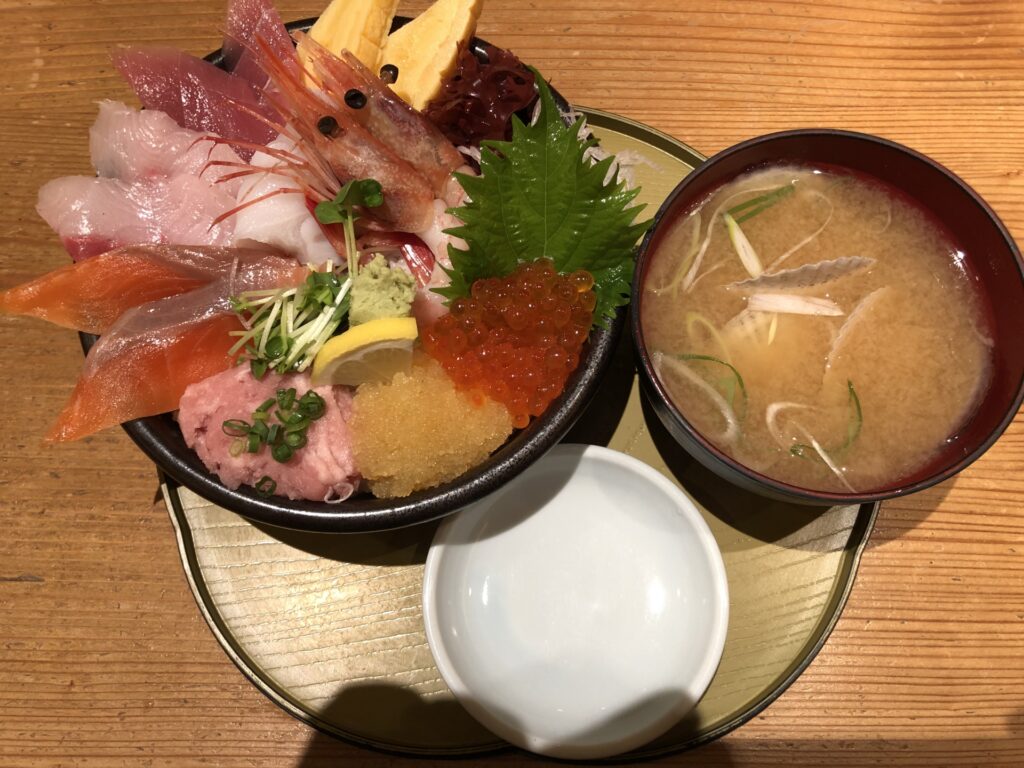
Kaisen Don is easy to prepare with quality ingredients. Start with a bowl of freshly steamed rice.
Kaisen Don Recipe (Simple Version)
Ingredients:
- 1 cup cooked Japanese rice
- 4-5 slices each of tuna, salmon, yellowtail
- 1 tbsp ikura
- Wasabi, soy sauce, shredded nori, shiso leaves (optional)
Steps:
- Cook and slightly cool Japanese rice.
- Arrange fish slices atop the rice.
- Garnish with ikura, nori, wasabi, and shiso.
- Serve with soy sauce on the side.
Food Safety Tips for Raw Fish
- Buy only sashimi-grade fish from reputable stores.
- Keep seafood refrigerated (below 40°F) until serving.
- Consume raw fish within 24 hours of purchase.
- Clean utensils and hands thoroughly before prep.
Things to Know When Eating Kaisen Don
To fully enjoy Kaisen Don:
- Dip fish lightly in soy sauce—don’t drench.
- Use wasabi sparingly.
- Eat rice and fish together in one bite.
- In some regional styles, dashi or green tea is poured over remaining rice for an ochazuke finish.
Dining Etiquette After Finishing Your Donburi
- Return the bowl neatly to the tray.
- Say “Gochisousama deshita” to express thanks.
- Avoid leaving any rice or toppings uneaten.
Regional and Cultural Significance of Kaisen Don
In Hokkaido, Kaisen Don is a highlight of local markets, with abundant uni and ikura. In Tokyo’s Toyosu Market, you’ll find high-end versions featuring seasonal specialties. Kyushu regions often include cooked items like grilled eel. This diversity showcases regional seafood and preferences across Japan.
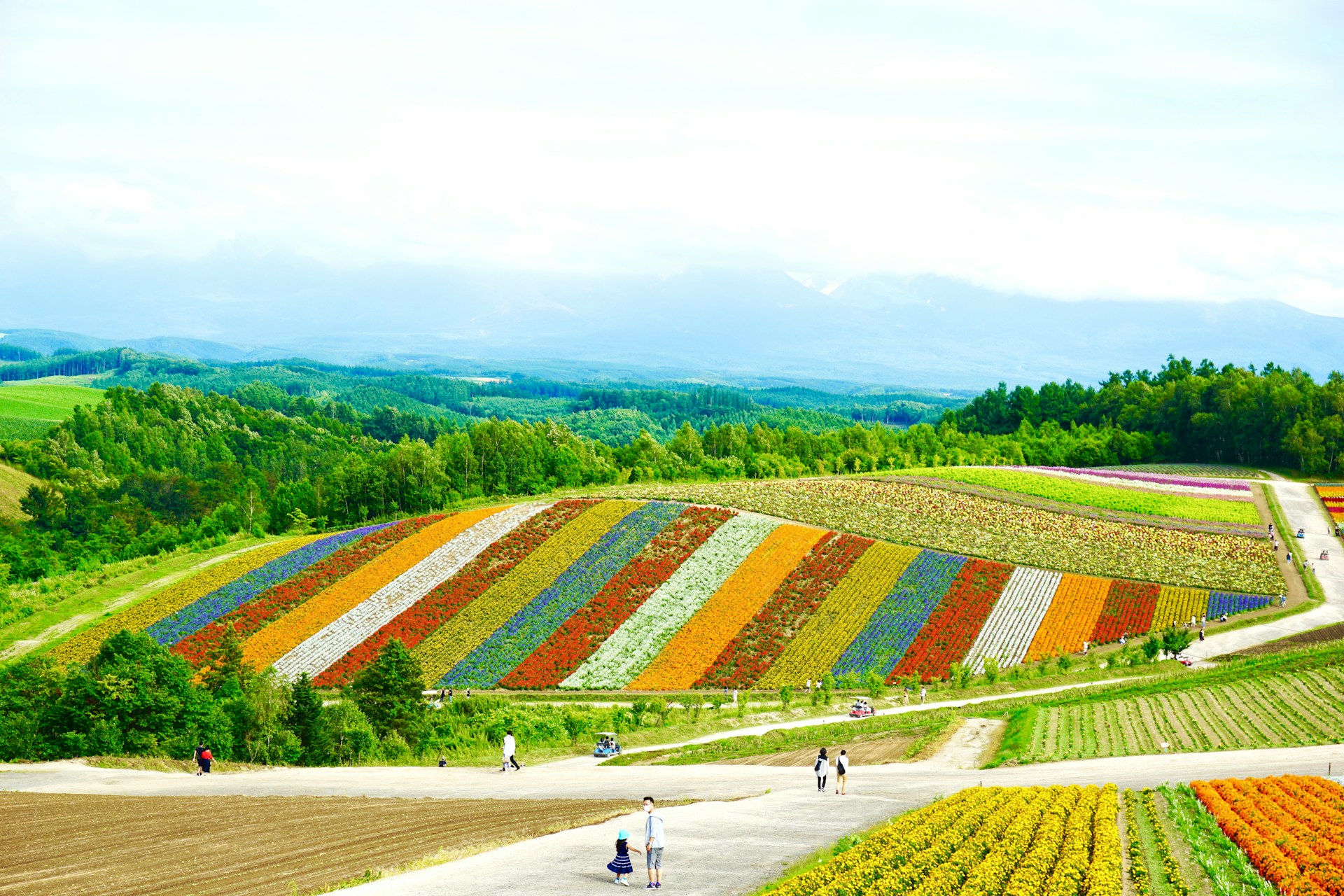

Where to Try Kaisen Don in the US
If you’re in the U.S., top places to try Kaisen Don include:
- Los Angeles: Marugame Monzo (4.5 stars, Little Tokyo)
- New York: Sushi Yasuda (4.6 stars, Midtown East)
- San Francisco: ICHI Sushi (4.4 stars, Mission)
- Seattle: Japonessa Sushi Cocina (4.5 stars, Downtown)
- Chicago: Arami (4.5 stars, West Town)
FAQs About Kaisen Don
Is Kaisen Don raw? Yes, most seafood is served raw, similar to sashimi.
Is Kaisen Don healthy? Generally yes, thanks to lean proteins and omega-3s.
How do you pronounce Kaisen Don? “KAI-sen don”
What are good alternatives? Poke bowls, sushi bowls, or cooked seafood donburi.
Conclusion
Kaisen Don is more than just a beautiful bowl of raw fish over rice—it’s a window into Japan’s culinary heritage and ocean bounty. Whether you’re discovering it for the first time at a local Japanese eatery or preparing it at home with your favorite sashimi, Kaisen Don offers a satisfying and nutritious experience. Don’t forget to explore regional variations and pair it with warm miso soup or green tea for the full effect.

